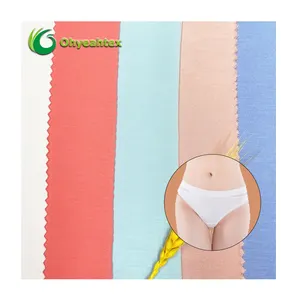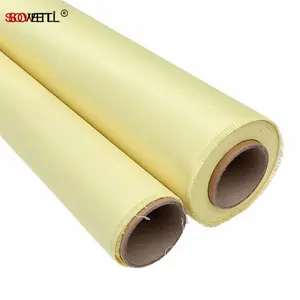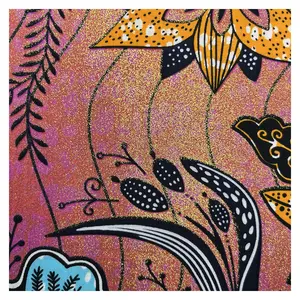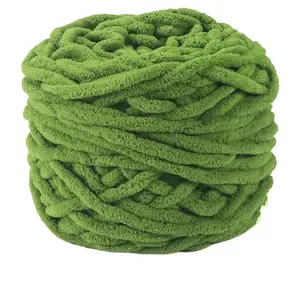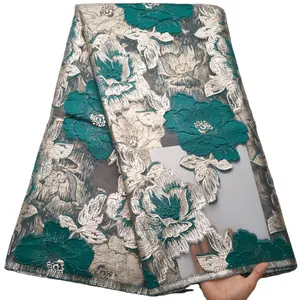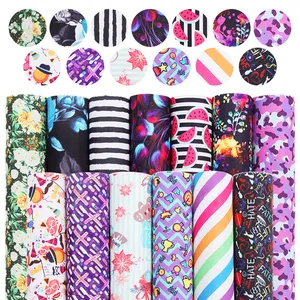Popular in your industry






China Wholesale Microfiber 100% Polyester Home Textile Fabric For Bedsheet In Roll And Bale Textile
$0.43 - $0.55
Min. Order: 70000 meters
5.0/5.0·11 reviews·"Nice supplier"





Nonwoven Chemical-bonded Wadding Line Soft Wadding For Quilt And Cloth Material Production Line
$95,000.00 - $100,000.00
Min. Order: 1 set
0.0/5.0·0 reviews













Luxury Wool Marked Comforter Warm 100% Cotton Casing All Season Duvet 100% Australian Wool Quilt
$37.70 - $39.44
Min. Order: 100 pieces
5.0/5.0·3 reviews·"great service"






Nonwoven 200-1000G Polyester Cotto Batting Wadding Batting Filling For Quilt And Garment Vacuum Package
$1.01 - $1.89
Min. Order: 1000 kilograms
5.0/5.0·2 reviews·"Good service"




New Best Selling Kaowool 1300 Superwool 607 Ht Ceramic Fibre Blanket Wholesale Price
$10.00 - $30.00
Min. Order: 1 carton
0.0/5.0·0 reviews






40-300GSM Good Quality Breathable Quilt Batting For Hand Quilting Bedding Set
$0.20 - $2.00
Min. Order: 3000 meters
0.0/5.0·0 reviews





Thermal bonded polyfill fabric polyester cotton nonwoven batting wadding fabric for quilt
$3.90 - $5.60
Min. Order: 1 kilogram
5.0/5.0·3 reviews·"reliable factory"





100 soft cotton fabric cotton batting for quilts
$6.00 - $8.00
Min. Order: 100 kilograms
4.9/5.0·28 reviews·"Fast delivery"





Manufacture Wholesale Material Quilt Batting Supplier Microfiber Polyester Wadding
$1.39 - $1.69
Min. Order: 1000 kilograms
5.0/5.0·2 reviews





Multipurpose Dacron Fiber Polyester Wadding Fabric Padding For Quilt Batting
$0.12 - $1.34
Min. Order: 300 kilograms
5.0/5.0·1 reviews





Needle-punched nonwoven special treatment 100 cotton quilt batting
$5.90 - $6.00
Min. Order: 1000 kilograms
5.0/5.0·1 reviews·"Reliable supplier"Related Searches:
wholesale quilt battingthin quilt battingquilt batting manufacturerbest quilt battingpolyester quilt battingcotton quilt battingwaterproof quilt battingwholesale cotton quilt battingblack quilt batting100 cotton quilt battingwarm white quilt battingorganic cotton quilt battingwool quilt battingwashable quilt battingbaby quilt batting






Wholesale High Quality Cheap Washing Polyester Wadding/batting For Quilt And Garment
$0.90 - $1.20
Min. Order: 100 pieces
0.0/5.0·0 reviews·"great service"





100% Natural Cotton Quilt Batting for Quilting Fabric Sewing Crib
$0.92 - $0.98
Min. Order: 1000 square meters
4.9/5.0·9 reviews·"Good shopping"



High quality soft quilt polyester wadding filling batting fabric
$0.20 - $1.80
Min. Order: 1000 kilograms
0.0/5.0·0 reviews





Direct Factory Supply Eco-friendly Fluff Polyester Quilt Batting 150 CM wide dacron Wadding In Roll
$0.39 - $0.59
Min. Order: 1 meter
4.1/5.0·4 reviews·"Great job"





Wholesales Nonwoven Thermal Bonded Polyester Cotton Wadding Rolls Cotton batting for coat quilts
$1.30 - $2.40
Min. Order: 1000 kilograms
0.0/5.0·0 reviews





needle punch quilted nature cotton batting in roll wadding
$0.20 - $0.22
Min. Order: 50000 bags
0.0/5.0·0 reviews





Quilt filling factory wholesale kapok batting fiber filling0.0/5.0·0 reviews·"excellent service"
Ready to Ship
$2.50 - $4.80
Min. Order: 100 kilograms
Shipping per piece: $90.50






Oem Factory Customized Size Wadding Stuffing Cotton Batting Quilting For Quilt
$1.50 - $1.79
Min. Order: 1000 kilograms
5.0/5.0·5 reviews·"Fast production"





wholesales nonwoven thermal bonded polyester cotton wadding rolls cotton batting for quilts
$2.10 - $2.40
Min. Order: 1000 kilograms
0.0/5.0·0 reviews





Quilt Batting Polyester Wadding For Garment Spray Bonded Polyester Wadding Fiber - Made In Vietnam
$2.29 - $2.68
Min. Order: 1000 kilograms
0.0/5.0·0 reviews





Dacron Fiber Polyester Wadding Fabric Padding For Quilt Batting4.7/5.0·3 reviews
Ready to Ship
$0.34 - $0.36
Min. Order: 200 meters
Shipping per piece: $49.85






Flame Retardant Barrier Batting Wadding nonwoven needle punched fabric For Mattress Quilt
$0.3216 - $1.54
Min. Order: 1000 cubic meters
0.0/5.0·0 reviews·"good service"





Baby Quilts Padding Lightweight Dupont Sorona Batting with OEKO-TEX Standard 100 for Garment
$0.26 - $2.60
Min. Order: 1000 meters
0.0/5.0·0 reviews·"good service"




Multipurpose Dacron Fiber Polyester Wadding Fabric Padding For Quilt Batting Vietnam manufactuer
$0.50
Min. Order: 10000 kilograms
0.0/5.0·0 reviews





High Quality Washing Polyester Wadding/Batting for Quilt and Garment Polyfill Cotton Fiber Non Woven Fabric Fiber Sheet
$1.64 - $3.89
Min. Order: 1000 kilograms
0.0/5.0·0 reviews·"fast delivery"





Baby Quilts Padding Lightweight Dupont Sorona Batting with OEKO-TEX Standard 100
$2.80 - $3.30
Min. Order: 1000 meters
0.0/5.0·0 reviews·"customer service"





Non Woven Felt Polyester Fusible Batting Quilt Needle Punch Nonwoven Fabric Wadding For Bag Lining Fabric Interlining
$0.50
Min. Order: 1000 square meters
0.0/5.0·0 reviews



Factory Customize Microfiber Polyester Quilted All Season Bedding Quilt Both Side Comfortable Quilt Duvet
$24.00 - $30.00
Min. Order: 100 pieces
0.0/5.0·0 reviews





Natural Organic 100% Mulberry Silk Golden Raw Material Fiber Wadding/ Fillings/Felt/Batting for Quilt Comforter Duvet Pillow
$55.89 - $57.12
Min. Order: 10 kilograms
4.3/5.0·1 reviews





Filter Padding Dacron Polyester Batting For Quilt Spray Bonded Cotton Polyester Wadding Fiber
$1.39 - $1.69
Min. Order: 1000 kilograms
5.0/5.0·2 reviews





Direct Factory Supply White Filling Fusable Quilt r Polyfill Polyester Padding Batting Wadding
$0.20 - $2.00
Min. Order: 3000 meters
0.0/5.0·0 reviews





Soft Natural Cotton Batting for Quilts, Craft and Wearable Arts
$0.92 - $0.98
Min. Order: 1000 square meters
4.9/5.0·9 reviews·"Good shopping"


High quality soft quilt polyester wadding filling batting fabric
$0.20 - $1.80
Min. Order: 1000 kilograms
0.0/5.0·0 reviews







Breathable cotton batting for quilt4.9/5.0·28 reviews·"Fast delivery"
Ready to Ship
$2.30 - $2.50
Min. Order: 100 square meters
Shipping per piece: $1.33






Wholesale dacron cotton thermal bond wadding quilt nonwoven batting supplier
$1.05 - $2.56
Min. Order: 1000 kilograms
0.0/5.0·0 reviewsTop categories
About quilt batting
Selecting the suitable batting fabric is essential to the craft in the quilting world. Batting, the material layer between the quilt top and the backing, is crucial for providing warmth and thickness to the quilt. The durability of the fabric used can significantly impact the final result of the quilt. To ensure that a quilt lasts for years and maintains its shape and thickness, choosing adequate fabric made from natural fibers such as cotton, wool, or silk is vital. These materials provide excellent insulation and breathability, making them ideal for quilting, whether by hand or machine.
